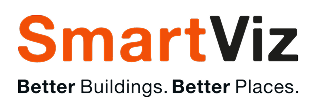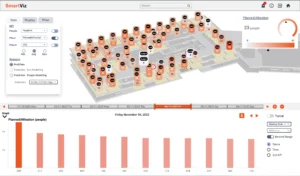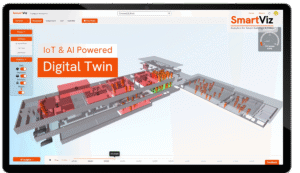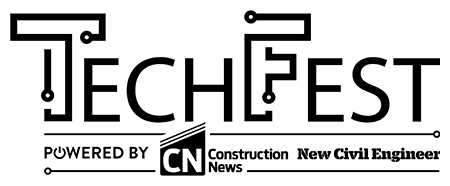Discover how the latest occupancy monitoring technologies can help you make the most of your building’s space, reduce costs, and improve user experience.
Occupancy monitoring and analytics is an essential tool for smart buildings to effectively manage their space. In this blog post, we explore how occupancy monitoring works, its benefits, and how it can help you make better use of your space.
Introduction:
Managing space effectively is crucial for businesses of all sizes, but it can be a daunting task. With the rise of smart buildings, occupancy monitoring has become an essential tool for managing space effectively. By using occupancy monitoring, you can better understand how your space is being used, optimize your resources, and enhance the overall user experience.
1. What is Occupancy Monitoring and Occupancy Analytics?
Occupancy monitoring involves using sensors and other devices to track how spaces are being used in real-time. The data collected can provide insights into space utilization, trends, and patterns – Occupancy Analytics is the process of generating these insights.
Occupancy monitoring and analytics can also detect anomalies, such as unusually high or low occupancy rates, which can help identify potential issues that need to be addressed.
2. What Are the Various Types of Occupancy Monitoring Sensors?
Occupancy monitoring or people counting sensors come in all shapes and sizes. There are various types of sensors available that can be used in smart buildings to monitor space utilization. These sensors can detect the presence or movement of people and provide real-time data on occupancy levels.
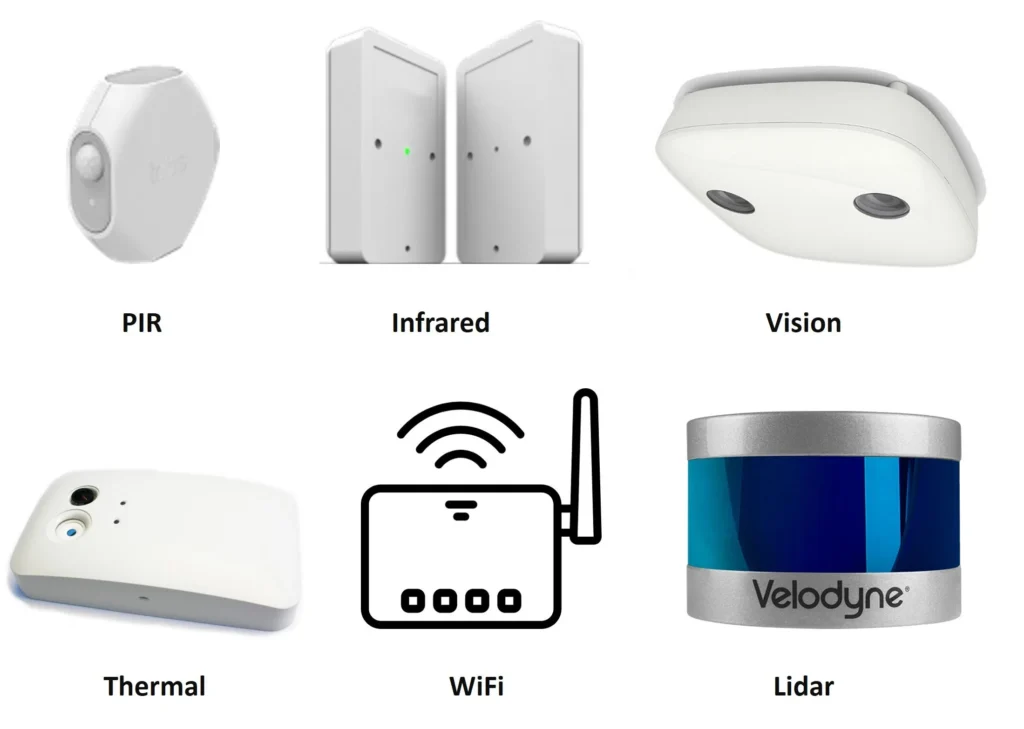
Types of people counting sensor
Some of the most common types of occupancy sensors include:
PIR sensors – that simply detect if a space is occupied of not
infrared sensors – that detect motion in 2 directions across a doorway
Vision or video-based sensors – overhead sensors that use cameras and computer vision algorithms to track people movements, however suffer from privacy issues
Thermal sensors – that use heat detection to identify and count people
Wifi or bluetooth based tracking – that uses device tracking to monitor occupancy in a space
Lidar sensors – latest trend with 3D sensors without cameras for accurate monitoring. See more details here.
Each type of sensor has its own strengths and weaknesses, and the choice of sensor depends on the specific needs of the building and the accuracy of data required.
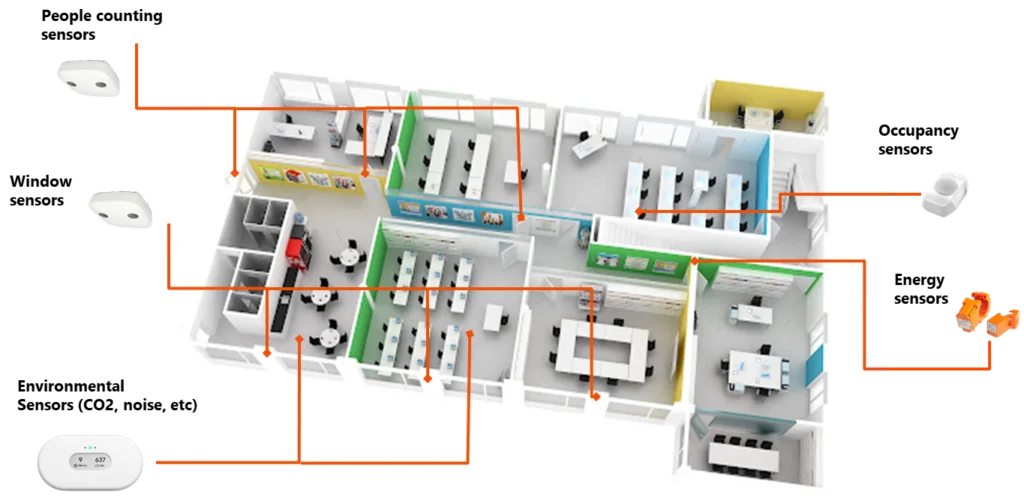
3: Benefits of Occupancy Monitoring and Analytics
Occupancy monitoring has several benefits, including:
Better space utilization: By understanding how spaces are being used, you can optimize them for better use. Occupancy monitoring and analytics is a fundamental component of effective workplace management.
Energy efficiency: Occupancy monitoring can be used in combination with indoor air quality monitoring and energy monitoring to help reduce energy consumption by adjusting lighting, heating, and cooling systems based on occupancy.
Improved user experience: With occupancy monitoring, you can provide a better experience for your users by ensuring spaces are appropriately designed and adequately heated and cooled.
Improved productivity and wellbeing: With occupancy monitoring, you get realtime information so you can control the heating / colling and ventilation system to lower CO2 levels and improve comfort which will increase the workplace productivity and wellbeing.
Cost savings: By optimizing space utilization, energy usage, and staffing, you can reduce operational costs.
How SmartViz Can Help with Occupancy Monitoring and Analytics
SmartViz offers a comprehensive solution for occupancy monitoring and analytics. By using advanced sensors and analytics, SmartViz can provide real-time insights into how your space is being used. With SmartViz’s occupancy analytics solution, you can optimize space utilization, reduce energy consumption, improve user experience, and save costs.
Check out how Vodafone saved over $40m annually using SmartViz.
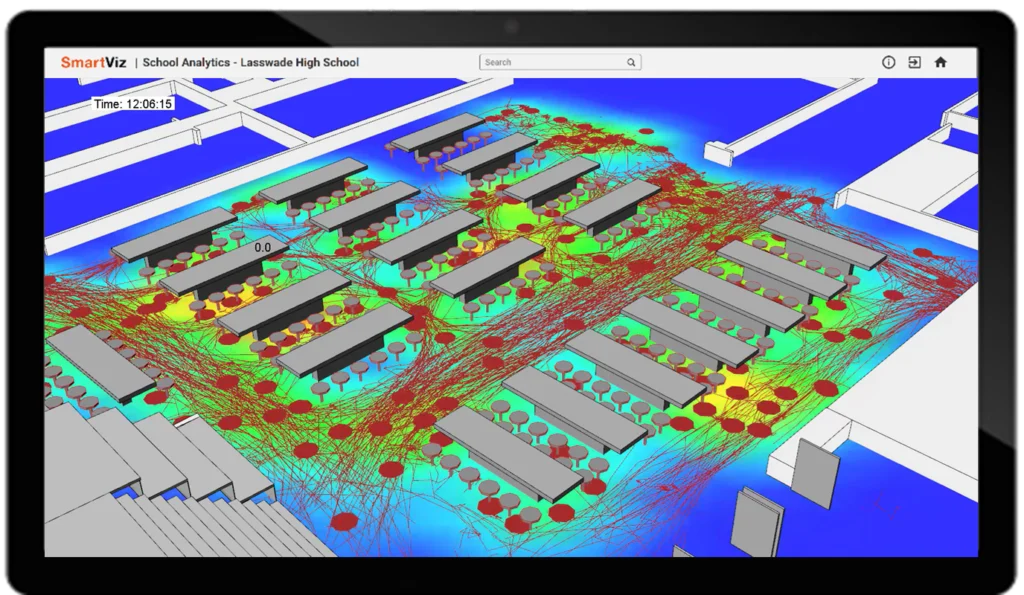
Live people counting and occupancy analytics using SmartViz
Conclusion
Occupancy monitoring and analytics is a powerful tool for managing space effectively. By using occupancy monitoring, you can gain valuable insights into how your space is being used, optimize your resources, and enhance the user experience. SmartViz’s comprehensive solution for occupancy monitoring can help you achieve these goals and more.
Check out the examples of how SmartViz has been helping improve space utilisation in offices, universities and schools.
See SmartViz in action
Ready to use occupancy analytics to boost space utilisation and performance of your building?
Request a demo today and see how SmartViz can benefit you.
